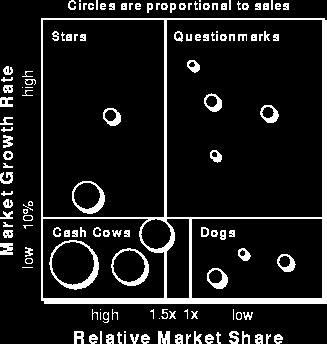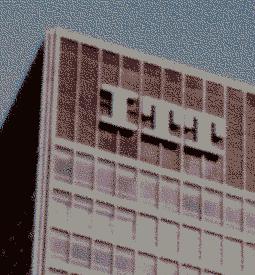
The 1960’s are characterized by high growth rates fueled by the rapidly rising productivity. Despite social discontent of the war and the capital constraints, the consulting firms remain very happy. The strategic planning comes of age but portfolio analysis of businesses becomes more desired as many firms decided to diversify and reconstruct their divisions.

In 1962, Harvard Business School begins to enroll women for the first time. There are almost no women or minorities in the starchy consulting world, reflecting attitudes of the business establishment. In the words of Donald R. Booz at the time: "Consulting has become a very WASP-ish field."

In 1963 Bruce Henderson founds Boston Consulting Group. He uses experience curve, growth-share matrix and some of the smartest graduates from US business schools as his tools. Henderson believed in learning-by-doing and high market share. Boston Consulting Group becomes the first pure strategy consultancy.

1966-1969
Motivated partly by ideas about "portfolio management" and risk reduction, many conglomerate business firms are formed, active and thriving. Big names at the time included ITT, Litton, LTV, Teledyne and Textron.

1969
Consulting has become a very popular profession for Harvard MBA students, attracted to jobs which exploit the case-oriented teaching method and analytical skills. Fifty students choose consulting as a career for a median salary of $15,000 per annum. McKinsey gets nearly a third of these hires.